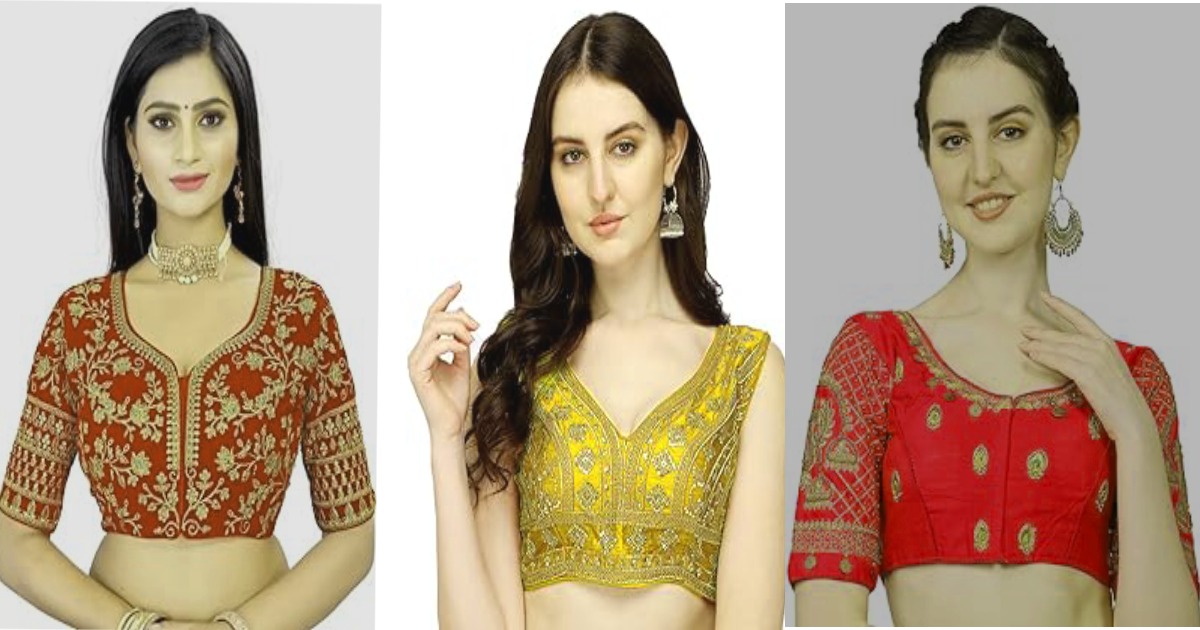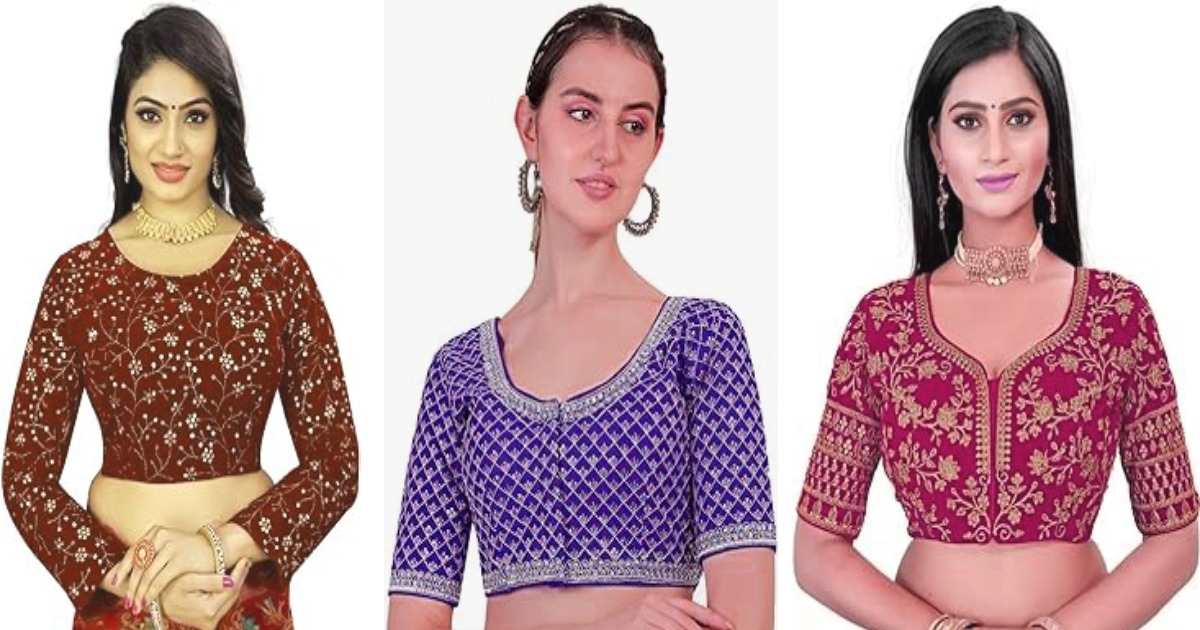women lehenga
Traditional women lehenga blouse design
The women lehenga blouse design, also known as the choli, complements the lehenga skirt in a way that can accentuate the wearer’s elegance and grace. Traditional designs often feature intricate embroidery, mirror work, and embellishments that showcase the rich craftsmanship of different regions in India. However, modern twists have introduced a range of styles including halter necks, backless designs, and crop tops, which blend seamlessly with the traditional lehenga skirt to create outfits that are both trendy and rooted in culture.

Versatile Materials and Textures
Material choice plays a crucial role in the overall look of a lehenga blouse. From luxurious silks and velvets to breezy georgettes and chiffons, the fabric can significantly influence the outfit’s appeal. Designers often experiment with textures, combining materials like net and lace, or adding sequin and beadwork to enhance the blouse’s visual impact. The choice of material not only affects the aesthetic but also the comfort and wearability of the blouse, making it a critical consideration for the wearer.
Customization for a Personal Touch
Customization is a key factor in women lehenga blouse design, allowing individuals to create outfits that reflect their personal style and fit their body type perfectly. Tailor-made blouses can be designed to complement the wearer’s silhouette, with adjustments in sleeve length, neckline, and overall fit. Customization also extends to the choice of color, pattern, and embroidery work, enabling a truly personalized garment that stands out at any event.
Latest Trends in women lehenga blouse design
The fashion industry is always evolving, and women lehenga blouse designs are no exception. Some of the latest trends include:
Peplum Blouses: Adding a playful twist to the traditional silhouette, peplum blouses offer a flattering fit that suits various body types.
Sheer Backs and Sleeves: Sheer fabrics add a touch of sensuality and sophistication to the blouse, making it ideal for evening wear.
High Neck Designs: High neck blouses with detailed work are becoming increasingly popular for their elegant and regal appearance.
Fusion Styles: Mixing western elements with traditional designs, fusion blouses are perfect for those looking for a unique and contemporary look.
Sustainability and Ethical Fashion
In recent years, there’s been a growing awareness around sustainability and ethical practices in the fashion industry, and women lehenga blouse designs are part of this conversation. Designers and brands are increasingly focusing on using eco-friendly materials, ethical labor practices, and promoting longevity over fast fashion. Handloom fabrics, organic dyes, and artisanal craftsmanship are being celebrated, offering designs that are not only beautiful but also kind to the planet. This shift has encouraged consumers to make more conscious choices, opting for quality over quantity and supporting brands that align with their values.
Technological Innovations
Technology has also made its mark on traditional attire, including women lehenga blouse designs. Virtual fitting rooms and 3D modeling have made it easier for customers to visualize how a design will look on them without the need for physical trials. This is particularly useful for online shopping, where buyers can customize and order their outfits with confidence. Additionally, digital printing techniques have opened up new possibilities for intricate patterns and colors that were hard to achieve with traditional methods, allowing for more vibrant and detailed designs.
Cultural Significance and Global Appeal
The lehenga blouse design holds significant cultural value, representing the rich heritage and artistic traditions of India. Each region has its unique styles and techniques, from the elaborate Zardozi embroidery of the north to the vibrant Kanchipuram silks of the south. These traditional elements continue to inspire designers, who incorporate them into their collections in ways that appeal to both domestic and international audiences. The global appeal of these designs is evident in the growing number of international celebrities and fashion icons embracing women lehenga blouse design for red carpet events and public appearances, further cementing their status as a symbol of global fashion.
Bridging Traditions and Future Trends
As we look to the future, the evolution of women lehenga blouse designs is bound to continue, with an emphasis on innovation, sustainability, and global trends. The fusion of traditional craftsmanship with modern aesthetics and ethical practices will likely shape the future of this beloved garment. For upcoming designers and fashion enthusiasts, the lehenga blouse represents a canvas for expressing creativity, cultural pride, and personal style, making it a timeless piece that adapts and thrives with each passing trend.
In conclusion, women’s lehenga blouse designs embody the beauty of Indian tradition while embracing the changes and challenges of the modern world. From the choice of fabric to the cut and embellishments, each element of the blouse tells a story of cultural heritage, artisanal skill, and fashion-forward thinking. As these designs continue to evolve, they promise to keep the essence of traditional attire alive, offering endless possibilities for those who wear them to express their identity, culture, and personal style in the most elegant and meaningful ways.
Conclusion
women lehenga blouse designs are a testament to the evolving nature of traditional attire, blending the old with the new to create outfits that are both beautiful and unique. Whether one prefers the classic elegance of traditional designs or the boldness of modern twists, the vast array of options ensures that there is something for everyone. As fashion continues to evolve, the lehenga blouse remains a beloved and essential part of women’s wardrobes, celebrated for its ability to merge cultural heritage with contemporary style.

